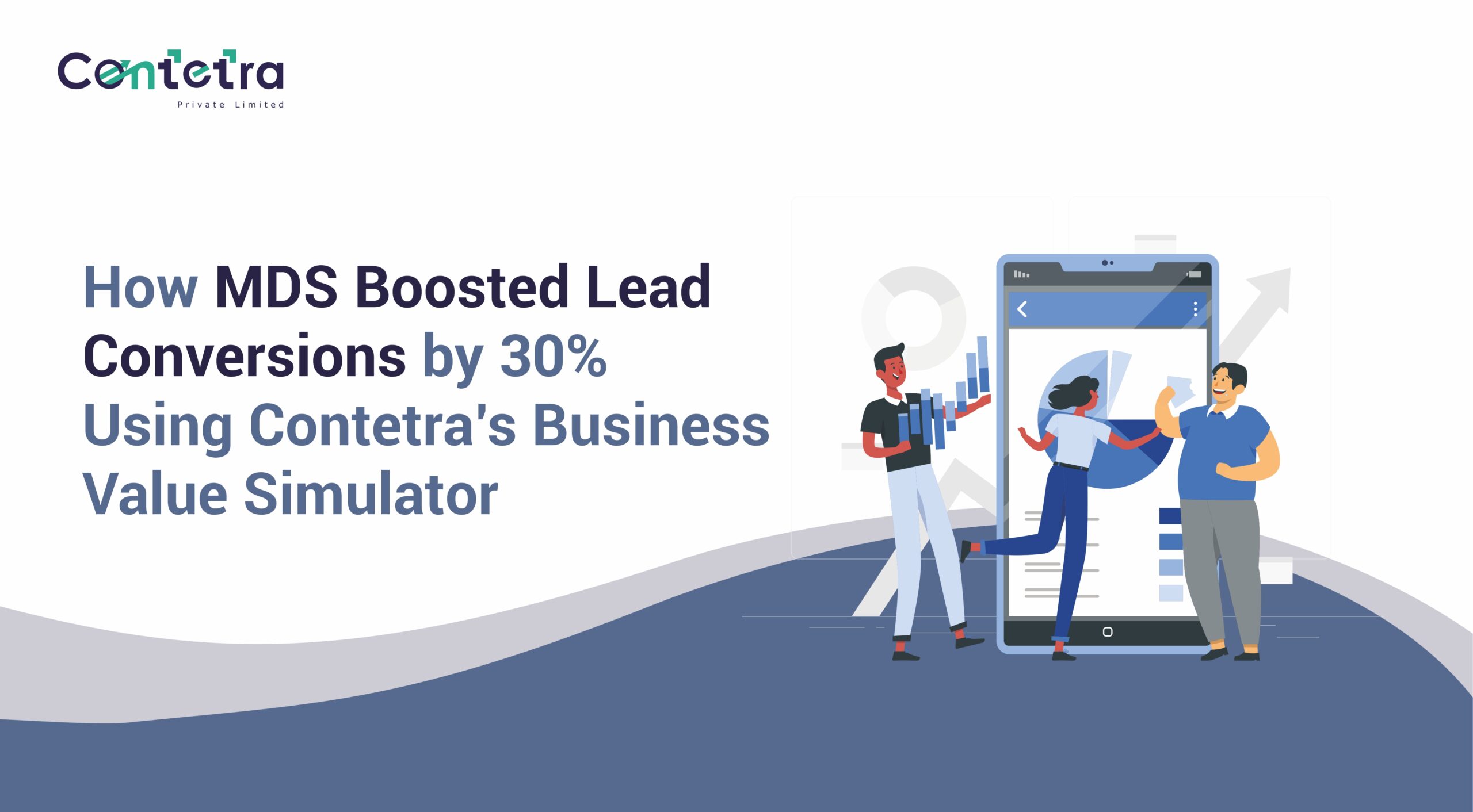As a business owner, you’ve likely been taught to chase sales targets, increase customer count, and boost revenue. But here’s a hard truth that too many businesses learn too late:
Not all customers are good for your business.
Some cost you more than they earn you. Others delay payments, draining your cash flow. And some your “King Customers” are quietly generating the lion’s share of your profits.
So, how do you identify them?
Virtual CFO services are helping businesses shift focus from surface-level sales to deeper, profit-driven insights.
That’s where Customer Profitability Analysis (CPA) comes in a powerful framework that goes beyond surface-level sales figures and dives into what really matters: who is actually driving your bottom line.
The Real Question Isn’t Just “How Much Did We Sell?” But “Who Made Us the Most Money?”
What is Customer Profitability Analysis?
CPA is the process of evaluating each customer’s contribution to your business’s profit, not just revenue. It asks important questions like:
- What did the customer buy?
- How much did they pay?
- What did it cost you to deliver that?
- How long did they take to pay you?
Let’s break this down with a relatable scenario.
Imagine This:
You run a manufacturing firm. Customer A (let’s call him Sam) buys products worth ₹1,500, and Customer B (Ram) buys products worth ₹1,000. On paper, Sam looks like the golden goose. But once you account for gross margin and Days Sales Outstanding (DSO) the time it takes to get paid you’ll discover Ram might actually be more profitable.
While Sam pays more, if the cost of servicing him is also higher and he delays payments, he’s not your most valuable customer. Ram, on the other hand, might be a lower-maintenance, faster-paying client with better margins.
This shift in thinking is critical. Smart business owners don’t just chase high-value sales they chase high-value customers.
Segment to Strategize: How Customer Segmentation Supercharges Growth
One size doesn’t fit all. Segmenting your customer base based on business unit, industry, and geography helps tailor your marketing and sales strategies. You’ll be able to create personalized value propositions for each segment and get better results with less effort.
Why Segmentation Works:
- Better Resource Allocation: Allocate budgets where returns are highest.
- Improved Campaign Efficiency: Speak directly to customer needs.
- Stronger Relationships: Build trust and loyalty by addressing specific pain points.
Once segmented, assess which industries or locations are most profitable, which you enjoy working with, and which offer the highest growth potential. The more aligned your offering is to a segment’s needs, the better your chances of dominating that market.
Professionals offering fractional CFO services often guide this segmentation process to align financial and sales goals with the right target groups.
Key Metrics You Must Track
Understanding customer profitability requires tracking metrics that matter:
Metric | Why It Matters |
Repeat Business | Shows customer loyalty |
Customer Count | Measures overall reach |
Repeat vs New Customer Count | Indicates growth and retention |
Average Ticket Size | Assesses per-customer value |
Repeat Customer Revenue % | Reveals retention efficiency |
Days Sales Outstanding (DSO) | Monitors cash flow health |
Aligning Sales Incentives with Profit, Not Just Revenue
Many businesses make the mistake of incentivizing their sales teams purely on revenue. This often leads to focusing on easy-to-sell, low-margin products, skewing overall profitability.
Take the example of IFPL, a manufacturing leader. Their team was incentivized equally across all products. As a result, salespeople focused on Product A, which was easy to sell but had lower margins. The company shifted its approach now salespeople are rewarded based on gross margins, not just top-line revenue.
This subtle yet powerful shift increased company profits and aligned employee goals with organizational success. Everyone wins.
The 5 Buckets of Sales Strategy
To simplify planning, bucketize your sales efforts across five strategic areas:
- Existing Customer, Existing Product – High certainty. Ensure consistent repeat orders.
- Existing Customer, New Product – Great for testing innovations in a low-risk environment.
- New Customer, Existing Product – Expand your market share and presence.
- New Customer, New Product – High risk, experimental but necessary for innovation.
- Cross-Selling to Existing Customers – Unlock additional revenue through trust-based upselling.
Each bucket has a different probability of success and requires a different strategy. Buckets 1 and 2 should generate enough margin to fund your operations, while buckets 3 to 5 can fuel future growth.
Companies leveraging virtual CFO services often analyze performance across these buckets to prioritize strategies that yield higher profit margins.
Real-World Lessons in Customer Analysis
✨ Success Story: Marriott International
In the late 1990s, Marriott discovered through customer profitability analysis that business travelers, not leisure guests, brought in the most profit even though leisure guests often paid more. The difference? Business travelers stayed more frequently and generated higher margins due to corporate packages.
This insight transformed Marriott’s marketing and operational focus, making it a powerhouse in the hospitality industry.
⚠️ Cautionary Tale: Microsoft Zune
Despite huge investments, Microsoft’s Zune failed to compete with the iPod. Why? It lacked effective customer profiling, sales funnel design, and strategic targeting. Even tech giants can miss the mark when they don’t truly understand their customer segments.
Cash is King: The Role of Working Capital
The IFPL case study shows that improving profitability isn’t just about making more sales it’s about being paid faster and managing cash better. By shifting focus to exports and optimizing their sales force, IFPL went from negative to positive working capital, growing profitability by 200%.
Conclusion: Turn Insights Into Income
Your best customers are hiding in plain sight.
By performing a customer profitability analysis, segmenting smartly, aligning sales incentives with margin goals, and tracking the right metrics, you’ll find and retain your “King Customers” those who drive growth, not just sales.
At Contetra, we help business owners like you unlock hidden potential, transform strategy into results, and build cash-rich, future-ready enterprises. With the right fractional CFO services, your financial clarity and profitability are just getting started.
📞 Ready to unlock your profitability?
Let’s talk:
📧 growth@contetra.com
🌐 www.contetra.com














